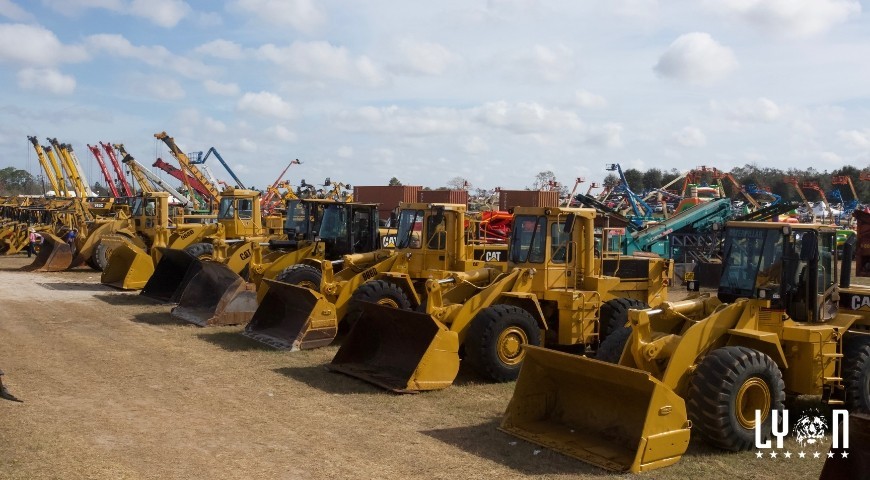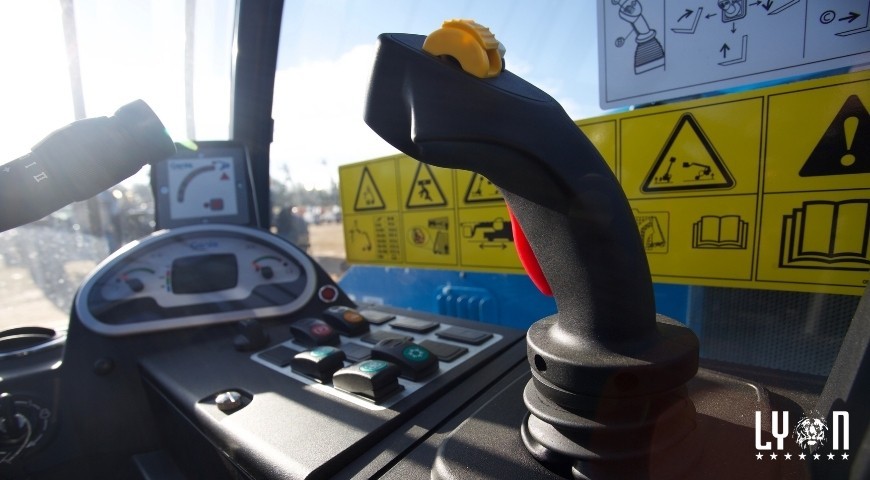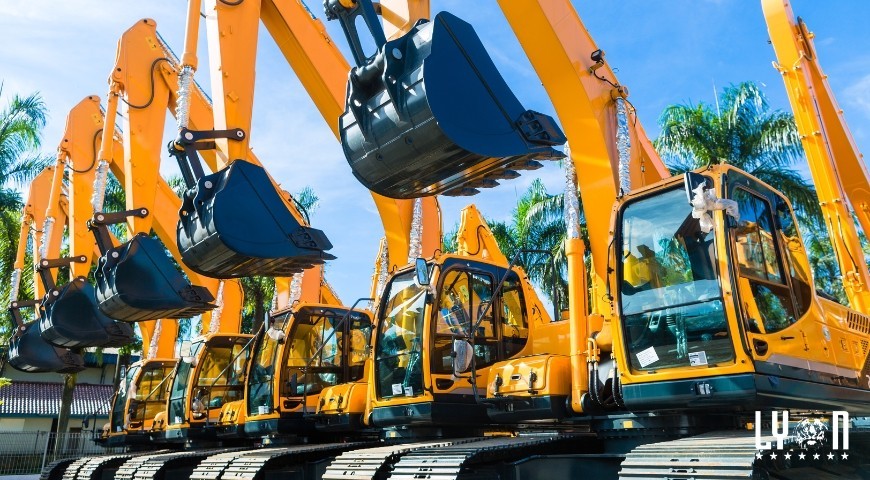Clean equipment equals optimal performance and longevity. Regular cleaning not only enhances the appearance of your machinery, but it also ensures safe and efficient operations at job sites. Here are the best practices for cleaning large construction equipment to keep it in top-notch condition!
Safety first
Always prioritize safety. Ensure your equipment is turned off and all power sources are disconnected before getting it wet. Take necessary precautions, such as wearing personal protective equipment (PPE) like gloves, goggles and safety boots, especially because you may be using very hot water. Follow manufacturer guidelines for any specific safety instructions.
Have a cleaning routine
Create a cleaning schedule to ensure that the equipment is washed regularly. Establishing a routine helps prevent the accumulation of dirt, debris and corrosive materials that can lead to long-term damage. Depending on the intensity and frequency of use, you may need to clean the equipment daily, weekly or monthly.
Use the essential cleaning supplies
Cleaning supplies you may need include a pressure washer, mild detergent, scrub brushes, a water hose and a bucket. Consider using degreasers and rust inhibitors for stubborn stains and rust removal. It’s essential to select cleaning products that are compatible with the equipment’s surface materials and will not cause damage.
Remove any loose debris
Begin by removing loose debris such as dirt, rocks and dust from your equipment. Use a broom, compressed air or a leaf blower to dislodge and remove the debris from hard-to-reach areas. Pay special attention to areas around vents, filters and cooling systems, as clogged components can affect the equipment’s performance.
When it comes to pressure washing
Utilize a pressure washer to effectively clean large surfaces. Adjust the pressure and nozzle settings according to the equipment’s material and the level of grime. Start from the top and work your way down, ensuring thorough coverage. Be cautious around delicate areas and sensitive electronic components, as excessive water pressure can cause damage.
Hand scrub and detail
For areas that cannot be effectively cleaned with a pressure washer, utilize scrub brushes and mild detergent. Gently scrub surfaces, paying attention to crevices, joints and hard-to-reach areas. Rinse thoroughly with clean water to remove any residue. Use a soft cloth or sponge to dry the equipment, preventing water spots and potential corrosion.
Rust prevention and other maintenance
Inspect the equipment for signs of rust and corrosion. Treat any affected areas with a suitable rust inhibitor or converter to prevent further deterioration. Apply a protective coating or wax to vulnerable surfaces to provide an additional barrier against moisture and environmental factors. Regularly check and replace filters, lubricate moving parts and address any maintenance requirements specified by the manufacturer.
Take care of your large construction equipment
Cleaning large construction equipment is essential for optimal performance, longevity and employee safety. By following these best practices, establishing a routine and using appropriate cleaning supplies, you can keep your machinery in top shape, reduce the risk of malfunctions and maximize productivity on the job site. Contact us today if you’re looking for secondhand, quality large construction equipment!




